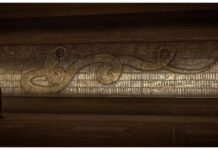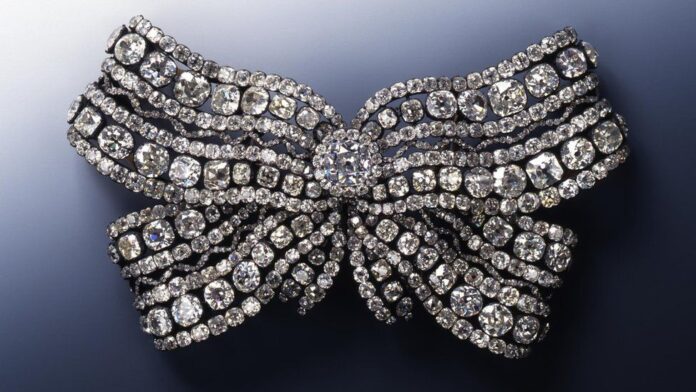In Berlin, a year and a half after the theft, the fifth suspect in a high-profile kidnapping from Europe’s largest collection of antique jewelry Green Vault Museum in Dresden was detained. The jewelry has not yet been found.
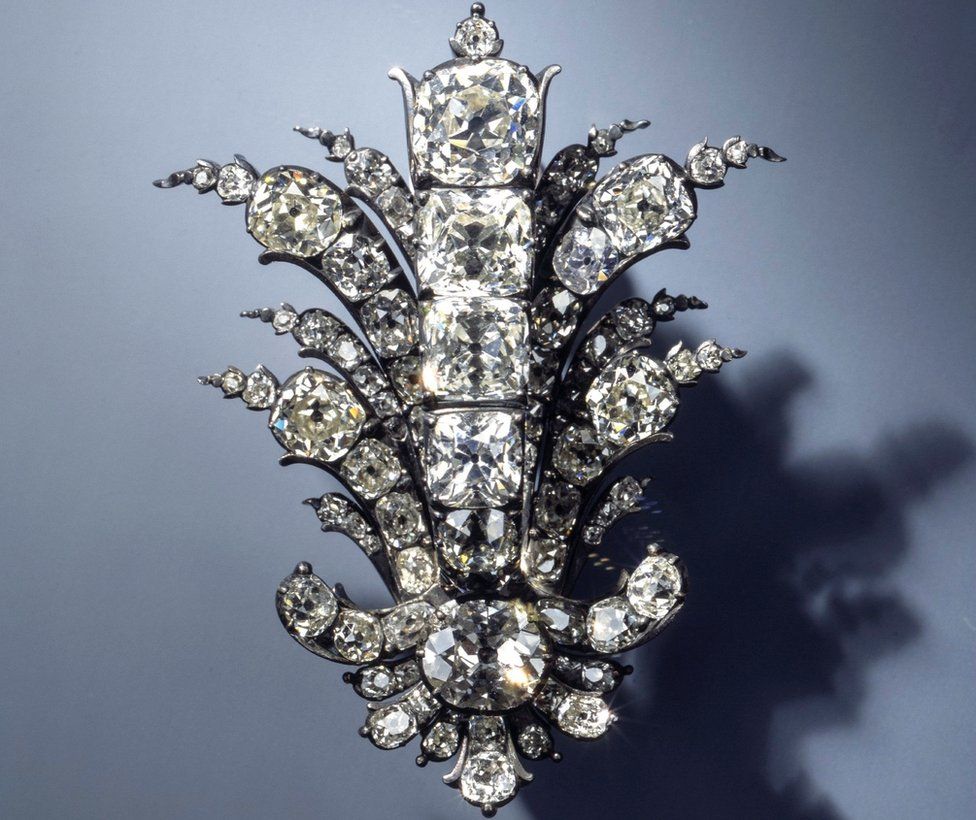
The Green Vault Museum, established in 1723, is one of the world’s oldest museums and contains the treasury of Augustus the Strong of Saxony, comprising around 4,000 objects of gold, precious stones, and other materials.
On Tuesday, May 18, the Dresden prosecutor’s office announced that it was the twin brother of one of the accused. He belongs to one of the Berlin crime clans and has been on the wanted list since November 2020.
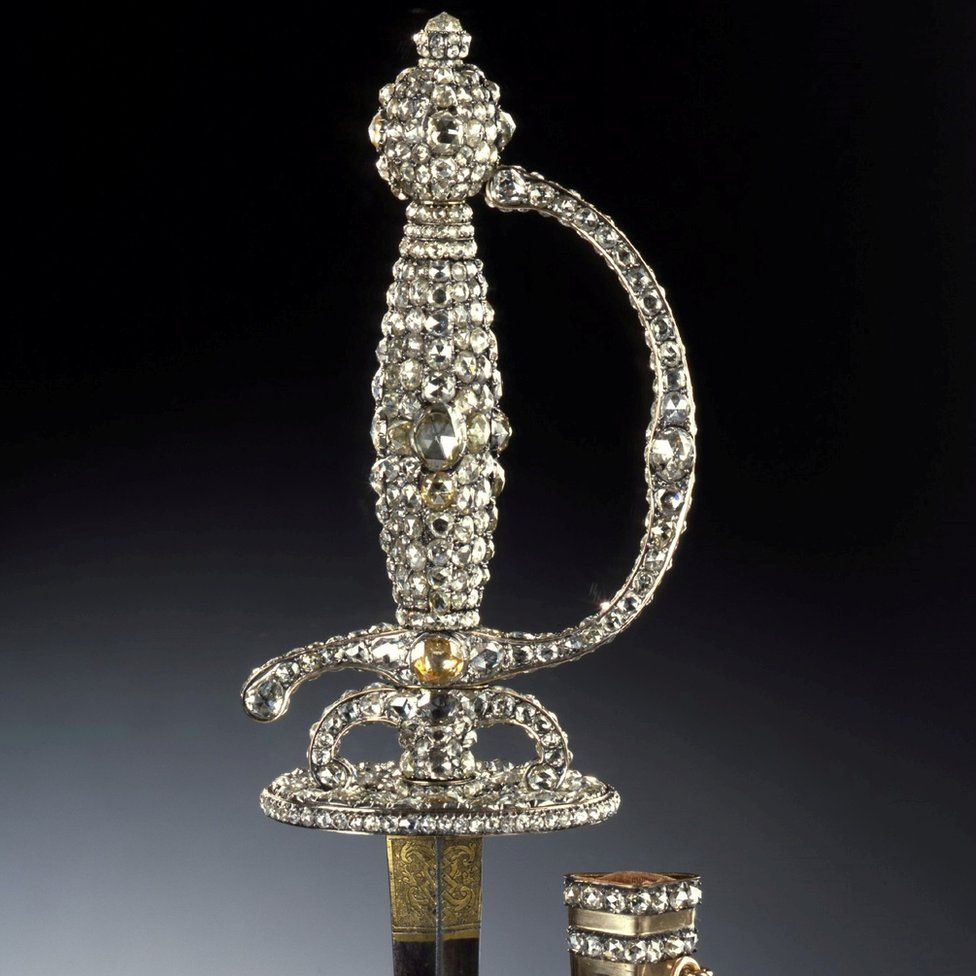
The detention took place on the evening of May 17 during a search in the Berlin district of Neukölln.
The 22-year-old man is accused of theft as a member of a criminal gang, as well as arson. He was taken to Dresden, where on the same day, he is to appear before the investigation.
In November 2020, three criminals were arrested in Berlin. In December, the fourth one was found, the twin brother of the detainee on May 18. The investigation continues. The antique jewelry has not yet been found.
Theft for 1 billion euros
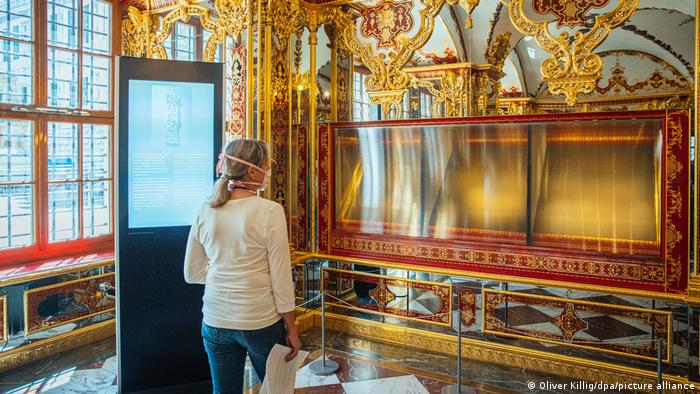
On November 25, 2019, in Dresden, unidentified persons entered the Green Vault (Grünes Gewölbe), the largest collection of antique jewelry in Europe. Presumably, jewelry worth about a billion euros was stolen from the treasury.
On November 25, 2019, pieces of art and jewelry were stolen from the Dresden Residence Palace. Their value is estimated at 1 billion euros. The criminals set a fire on the transformer, which turned off the alarm, and then sawed through the iron grating on the window and entered the treasury of the Green Vault Museum. They smashed shop windows with hammers and stole Baroque gold jewelry with diamonds, diamonds, and other precious stones.
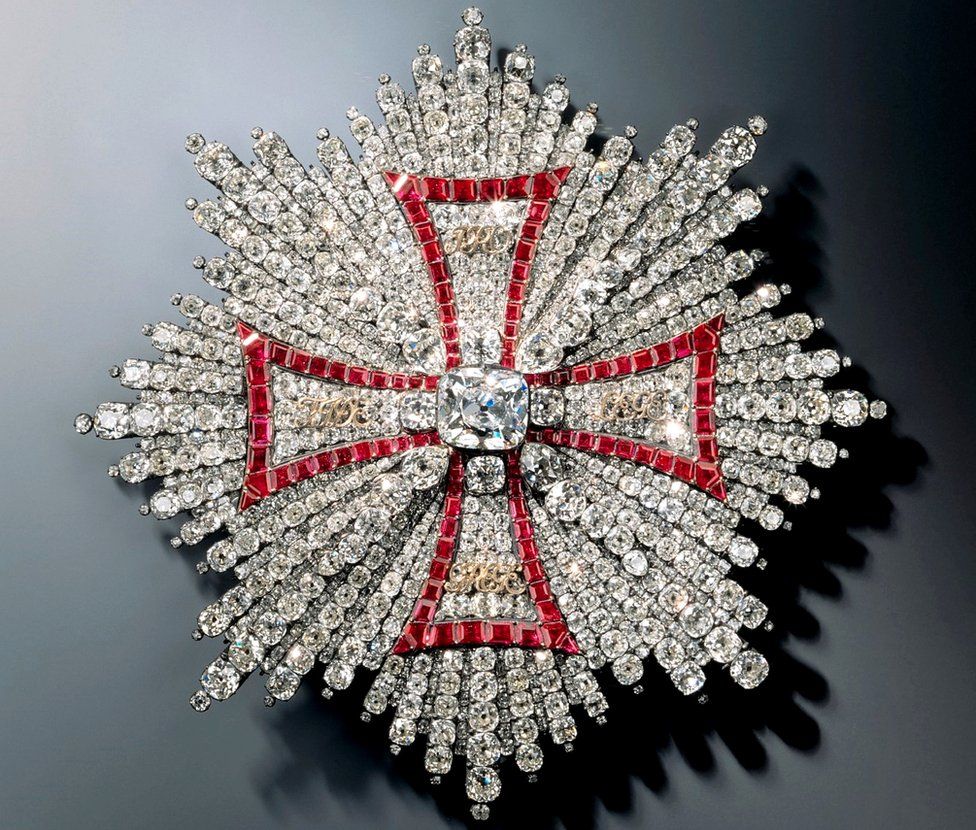
For information that will help catch thieves and find stolen treasures, a monetary reward of 500 thousand euros has been assigned.
In January 2020, Israeli security firm CGI announced that it had received several letters offering to buy a 49.84-carat Saxon White diamond and an 18th century Polish Order of the White Eagle star with diamonds and rubies stolen from the Dresden treasury. The alleged criminals demanded payment in bitcoin.
The authors of the letters were also contacted by journalists from the German public law media company MDR, who received an offer to buy the stolen jewelry. In addition, the likely criminals threatened to destroy the works of art in order to sell them.
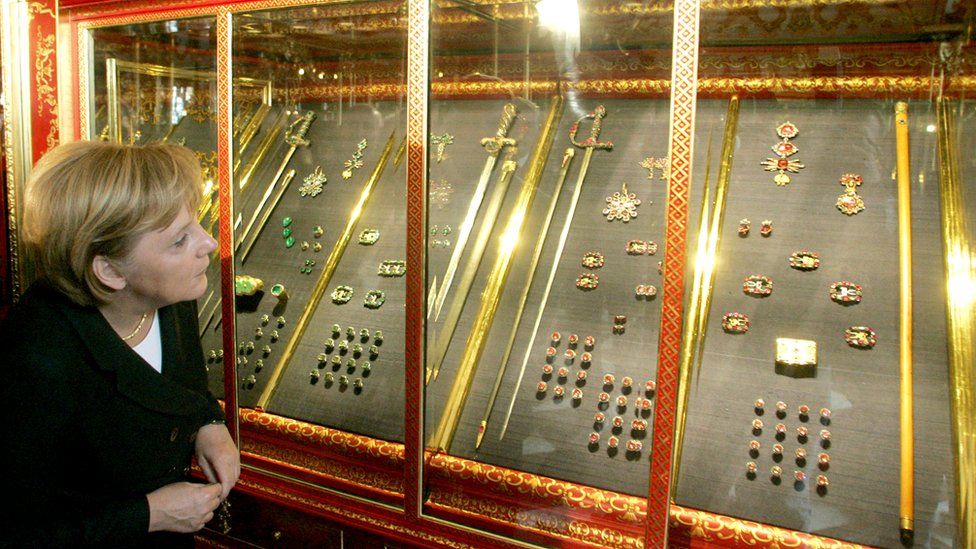
Works taken from the Dresden Green Vault are described as “priceless”. The head of Dresden’s state museums, Marion Ackermann, said destroying works of art would be a terrible idea.
She says that it goes about objects of invaluable artistic, historical and cultural, and historical value. She also added that they could not give them an accurate assessment because they were priceless.
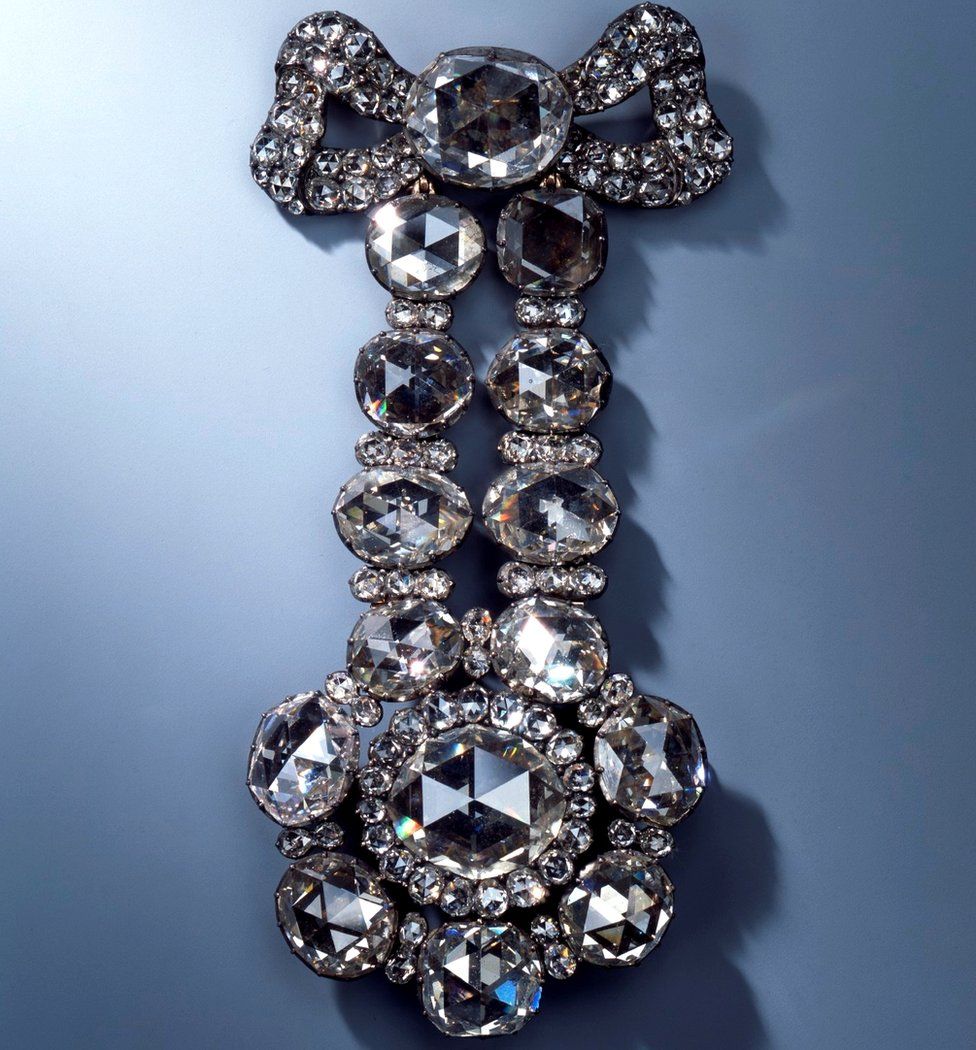
The police released a series of photographs of the stolen jewelry and turned to witnesses.
A subsequent inspection of the museum revealed that a number of items from the three stolen diamond jewelry sets were still in place. The remaining seven sets that make up the collection have remained intact.
Police said the thieves managed to gain access to a display case containing about 100 items.
According to Art Recovery International, which describes itself as a behind-the-scenes force in the art world, museums like Green Vault Museum are under siege by barbaric criminal gangs that melt gold and carve gems without regard for their importance.
Company founder Christopher Marinello told the BBC that the Dresden robbery was “a theft of epic proportions.”
Mr. Marinello said it was a large collection of precious stones and intact jewelry containing gold, diamonds, precious stones, and rubies.
The details of the robbery from Green Vault Museum are still being investigated, and the full cost of the missing items has not yet been announced.
What is the Green Vault Museum?
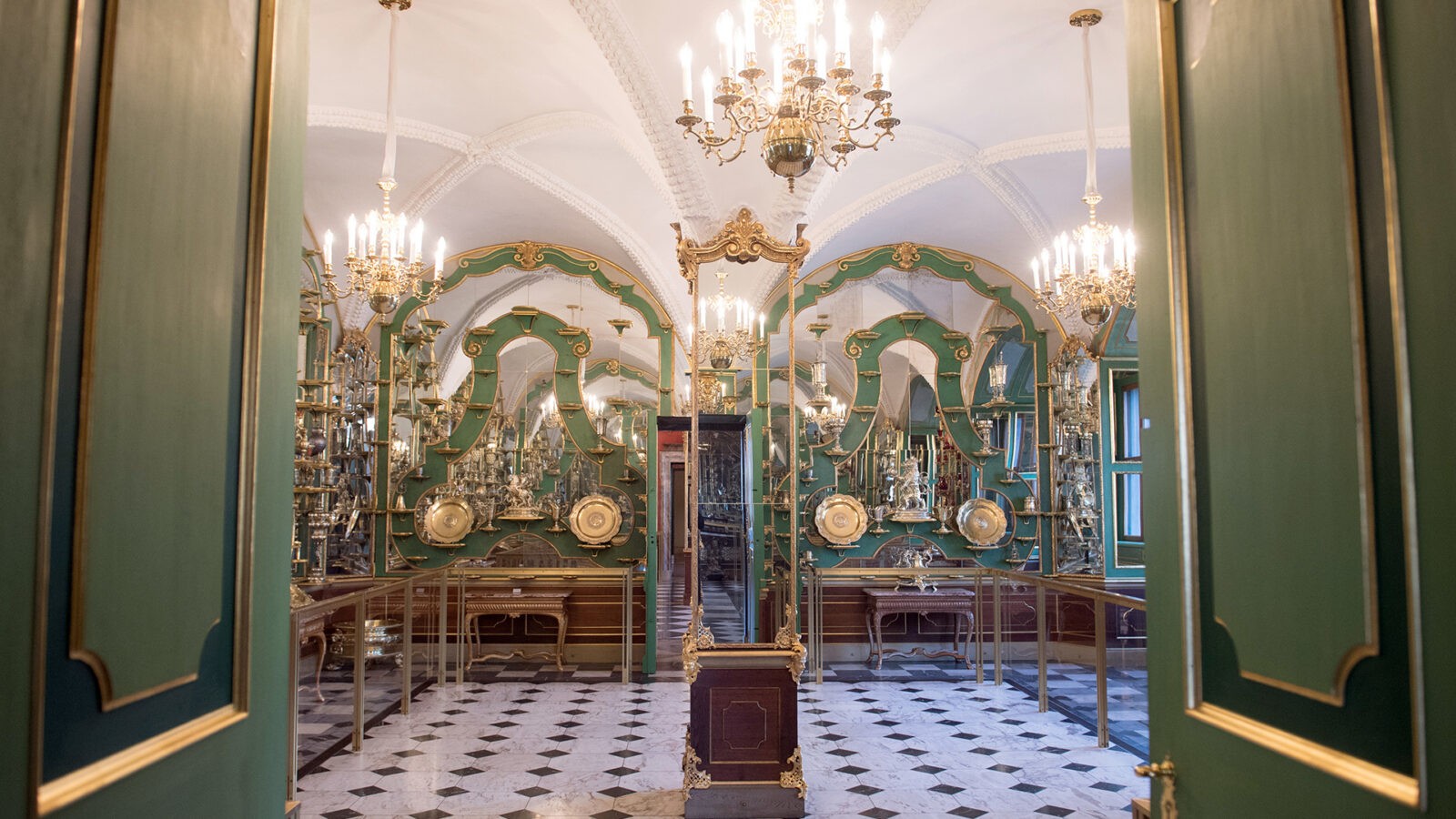
The collection of Green Vault Museum is housed in eight ornate rooms of the Residenzschloss, a former royal palace. Three rooms were destroyed by Allied bombing during World War II, but after the war, the museum was restored to its former glory.
It is called the Green Vault Museum because some of the rooms were decorated with malachite paint. The most valuable pieces of art are in the historical part of the palace on the ground floor.
There are about 3000 pieces of jewelry and other treasures adorned with gold, silver, ivory, and pearls. Among them is the figure of a swamp, strewn with emeralds, and a sapphire weighing 648 carats – a royal gift from the Russian Tsar Peter the Great.
One of the most valuable jewels is a 41-carat green diamond currently on display in New York. The collection was founded by August the Strong. He was the Elector of Saxony, a German prince entitled to vote for the emperor, and then king of Poland.





